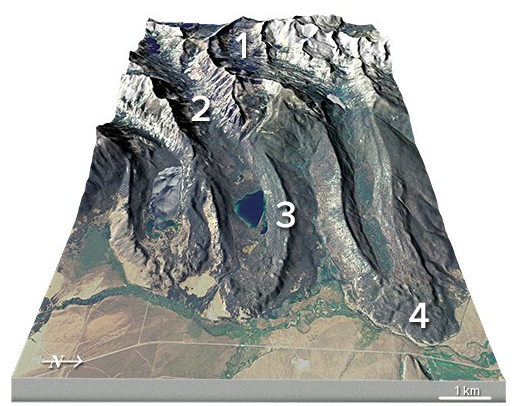Distinguish between MRFs, mixed-waste processing, and single-stream recycling
What will be an ideal response?
"Basic sorting takes place when waste is collected, either through curbside collection or by town recycling stations (sites to which townspeople can bring wastes to be recycled). The waste is then trucked to the MRF and handled on three tracks: one for metal cans and glass containers, another for paper products, and a third for plastics. The materials are moved through the facility by escalators and conveyor belts, tended by workers who inspect and sort further. The objective of the process is to prepare materials for the recycled-goods market. Glass is sorted by color, cleaned, crushed into small pebbles, and then shipped to glass companies, where it replaces the raw materials that go into glass manufacture—sand and soda ash—and saves substantially on energy costs. Cans are sorted, flattened, and sent either to de-tinning plants or to aluminum-processing facilities. Paper is sorted, baled, and sent to reprocessing mills. Plastics are sorted into four categories, depending on their color and type of polymer, and then sold. The facility's advantages are its economy of scale and its ability to produce a high-quality end product for the recycled materials market."
"Less common than conventional MRFs, the mixed-waste processing facility receives MSW just as if it were going to a landfill or a WTE facility. The waste is loaded on a conveyer and is sorted for recovery of recyclable materials before being landfilled or combusted."
"Taking advantage of the fact that MSW has a high organic content, a few regional facilities compost the MSW after removing large items and metals. Often, they will mix treated sewage sludge with the MSW (called co-composting), which provides a rich source of bacteria and nutrients."
Single-stream recovery involves the collection of all types of recycled materials (paper, glass, metal) in a single container. The materials are then sorted later at the MRE. This has the benefit of helping the consumer to reduce the time required to recycle and also decreases the time that collectors spend collecting the recycled materials. The time is spent later, however, at the sorting facility.
You might also like to view...
When you drop an object, it accelerates downward at a rate of 10 m/s2. If you instead throw it downward, its acceleration (after leaving your hand and with no air resistance) will be
A. exactly zero. B. 10 m/s2. C. less than 10 m/s2. D. greater than 10 m/s2.
What is the feature numbered 3 in the center of this figure?

A) Cirque
B) U-shaped valley
C) Lateral moraine
D) Terminal moraine
The false color imagery of some aerial photographs uses ________ wavelengths
A) x-ray B) microwave C) near infrared D) sonar E) radar
Which of the following is a component in the UNDP human poverty index?
A. percentage of underweight small children B. probability of not surviving to age 40 C. lack of clean water D. illiteracy E. all of these